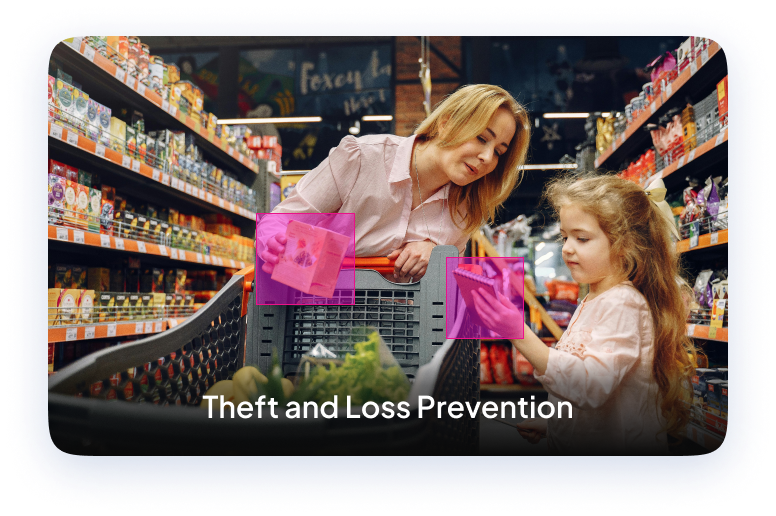Pinpoint Issues as They Happen
Whether identifying package theft or monitoring chemical spills, computer vision is adept at detecting objects of various sizes.




Create a fully trained model in hours, not weeks
Ai Panthers interacts seamlessly with leading labeling systems and cutting-edge training solutions, optimizing your AI workflows for peak efficiency.
Use Your Existing Video Feeds for More Insights
If your security cameras and surveillance equipment record real-time video, you already have enough data to train a custom computer vision model. Begin using the footage you're collecting to gain important insights and improve your security operations.
Real-time Object Detection in Frame
In risk monitoring and danger detection, every second counts. A powerful computer vision model can recognize things quickly and precisely, allowing you to save time and money by automating these critical processes.
Continue to Improve Your Model After Deployment
With Ai Panthers, you can deploy and grow your models as you collect additional data because it acts as a centralized management platform for your datasets. Identify and classify errors with ease, modify settings, and investigate other labeling and training options.
Ready to Innovate?
Get Started with Our AI
Consulting Services Today!
- SCF-40, Sector 8-B Chandigarh, 160009-India
- info@appbulls.com
- +91- 9646-9646-26 , +91-9646-0826-10